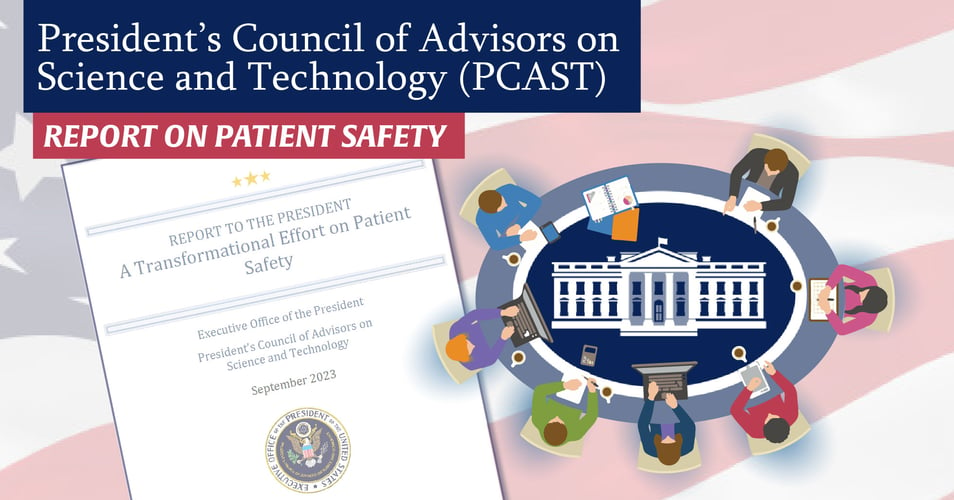Conference Poster Presentations

 It's not a journal article. It's not an oral presentation. But it IS a little of both. In today's post we'll discuss the ins and outs of conference poster presentations, just one of the many ways to disseminate your research and contribute to your field. We'll look at what the posters typically contain, provide some design ideas, and conclude with some of the conferences that might accept research in infection prevention.
It's not a journal article. It's not an oral presentation. But it IS a little of both. In today's post we'll discuss the ins and outs of conference poster presentations, just one of the many ways to disseminate your research and contribute to your field. We'll look at what the posters typically contain, provide some design ideas, and conclude with some of the conferences that might accept research in infection prevention.
What is a poster presentation?
Many describe the poster presentation as an "illustrated abstract." It is a short (often <1000 word) summary of research that contributes to the literature in a meaningful way. Posters are typically displayed at scientific conferences in a related field, allowing attendees to walk through and read dozens (or thousands) of research findings and speak with one of the investigators. Unlike an oral presentation during a conference session, a poster allows the researcher to interact verbally with his or her audience, but in an informal setting that encourages discussion.
What does a poster presentation contain?
Just like a journal article, it should contain data and results based on the accepted scientific principals (including IRB), but the scope is typically narrower. Illustrations, charts, and other displays are encouraged, as they are not only helpful in quickly capturing essential data, they also help attract and retain attention of conference attendees. The researcher should prepare a 3-5 minute verbal presentation, but the opportunity to stick to that script may not be possible.
What should the poster itself look like?
While there may be some minor differences depending on where you are submitting your poster, the overall requirements tend to be the same. The title should be in title case, centered at the top. Right underneath should be all the researchers, not just the poster presenter. Arranged below should be sections for an introduction, methods, results, conclusions, and citations. Somewhere on the poster you will put your name and contact information, as well as logos for your facility, partner facilities, and the conference itself. There should be an emphasis on visual communication through charts, graphs, illustrations, and photos.
Many websites provide design suggestions for your poster, but here are a few big ones. First, keep it simple. Edit down your word count to state your problem and experiment clearly and concisely. Second, be visual. Use color coding and icons to help guide your reader. Keep some white space to avoid a cluttered look. Third, provide a printed handout. Otherwise, your viewers will be trying to take photos of your poster or hunting down the poster online.
Remember, your viewers will not have too much time to figure out your research and read every word. Posters are displayed in rows upon rows in a room with bad lighting and many competing events (lunch, demonstrations, etc.). At the recent IDWeek2018, walking the entire poster display - without stopping - took approximately 30 minutes! Watch a sped-up version below!
Why should I do a poster presentation?
Posters are considered peer-reviewed opportunities to present current research. You can add them to your CV, which can be great for both your professional reputation and career track. You can use a poster as an opportunity to present data from a larger project that is in progress, allowing you to share information without requiring an entire journal publication. These opportunities also allow you to interact with other researchers, strengthening your ties with other professionals in your field Finally, a poster can be displayed in your workplace, showcasing you and your team's work in a clear and accessible way.
Are you interested in presenting a poster in the future? Here are some conferences that can get you started:
Association for Professionals in Infection Control (APIC): Local, state, and national conferences. National conference is in early summer features hundreds of posters.
Society for Healthcare Epidemiology of America (SHEA): One conference in spring of each year features hundreds of posters; co-conference in fall at IDWeek.
Infectious Disease Week (IDWeek): A multi-organization conference in the fall that features thousands of posters each year.
Let us know if you have presented a poster in the past! We'd love to see your work!
![EOScu Logo - Dark - Outlined [07182023]-01](https://blog.eoscu.com/hubfs/Eoscu_June2024/Images/EOScu%20Logo%20-%20Dark%20-%20Outlined%20%5B07182023%5D-01.svg)





